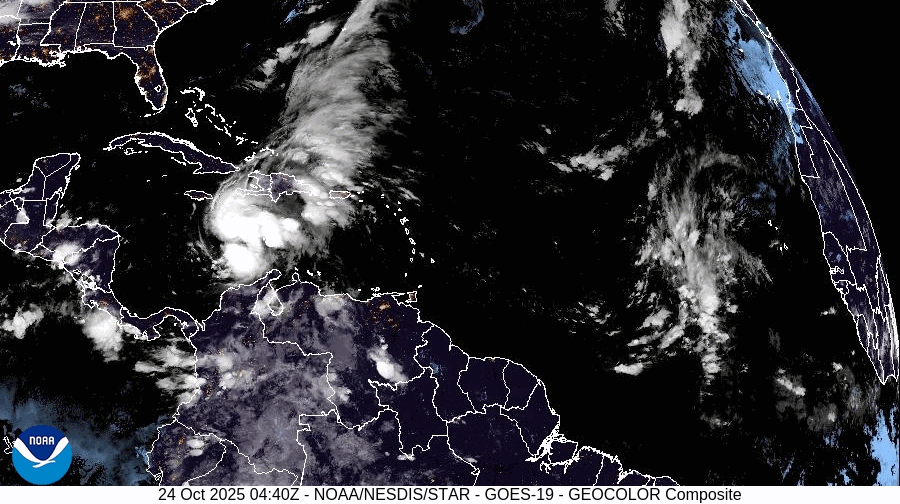
US stock indexes found renewed buying interest 2025 Q2, the three major markets giving us 3 different technical reads.
-
This raises the question of if technical analysis is useful in this day and age of algorithm driven trade and investments.
More Top Stocks Daily: Go behind Wall Street’s hottest headlines with Barchart’s Active Investor newsletter. Is something as simple as the old Eyeball Test more valuable when fundamentals are hard to put a finger on?
As June came to an end, also marking the end of Q2 for the Financials sector, the three major US stock index were giving different long-term reads from a technical analysis point of view. How do we know which to go with? Additionally, the bigger question is if technical analysis even matters anymore? Did it ever? If we apply my Market Rule #6 that says, “Fundamentals win in the end”, what fundamentals drive not only US but global stock markets? It’s a lot to think about as we make our way to the next US holiday weekend. Let’s start with long-term monthly charts in general.

While I sill view the Nasdaq ($NASX) as a toss-up, I could still make the argument its long-term trend is up, again from a technical point of view. The Index completed a bullish spike reversal (new low for the selloff before rallying to close higher for the month) at the end of April before extending its rally to a new all-time high of 20,418.31 in late June. As a friend in the brokerage industry says, “New highs are not bearish”, and in the case of the Nasdaq (high tech stocks) that seems to be the case. What might the fundamental catalyst be for the rally? We know the US president has backed off his talk of tariffs on computer chips and electronics, though we’ll soon find out if those threats come back up like convenience store sushi. My guess is they will, but time will tell.

On the other hand, I still see the Dow Jones Industrial Average ($DOWI) in a long-term downtrend despite a second consecutive higher monthly settlement at the end of June. The key is a couple technical differences between the Nasdaq and the Dow: First, the latter did not complete a bullish spike reversal at the end of April. After falling to a low of 36,611.78 that month, its lowest level since October 2023 and within sight of the bearish 20% retracement mark of 36,058.90, the Dow rallied to close April at 40,669.36, still down 1,332.40 (3.2%) for the month. Given this, if we apply basic Elliott Wave technical analysis the initial selloff could be viewed as Wave A (first wave) of a 3-wave downtrend that began with the bearish 2-month reversal at the end of December 2024. If so, then the rally the index is posting now would be considered Wave B (second wave of 3). This brings up an interesting technical feature. Wave B, “Depending on the type of correction[i]taking place, the rally may test the old highs (forming a double top) or even exceed the old highs before turning back down.”[ii] Given this definition, the key price is the all-time high of 45,073.63 from last December. Or is it?

Despite the fact the S&P 500 Index ($INX) also hit a new all-time high in late June, reaching 6,215.08 before closing at 6,204.95, it could still be argued the index remains in a downtrend that began with the bearish spike reversal completed during February 2025 and confirmed with a new 4-month low during March. How is that possible? From a technical point of view, similar to the Dow the S&P 500 DID NOT complete a bullish spike reversal this past April. After falling to a low of 4,835.04, actually dipping below its bearish 20% retracement level of 4,917.94, the index closed at 5,569.06, down 42.79 (0.8%) for the month. However, as mentioned, the index has since rocketed to a new all-time high. Doesn’t that automatically, mean the long-term trend has turned up? Not necessarily. Look back at the definition of Wave B, particularly the part that reads: “…the rally may test the old highs (forming a double top) or EVEN EXCEED THE OLD HIGHS (emphasis mine) before turning back down.” How do we know if the long-term trend is up or down? Let’s apply a couple other ideas:
- If we bring the Horseshoe Proximity into play, we could say the April close was “close enough” to completing a bullish spike reversal to count. Therefore, the index could be considered in a long-term uptrend, similar to the Nasdaq.
- If we apply the Benjamin Franklin Fish Analogy that tell us, “Like guests and fish, markets start to stink after three days/weeks/months (whatever timeframe is being studied) of moving against the trend”, we see the S&P 500, like the Dow (still in a downtrend) has posted two consecutive higher monthly closes (or three if we count April) within a downtrend meaning the index should soon turn back down.
That didn’t help at all, did it? In the end it comes down to applying the eyeball test, and the wisdom of my friend: New highs are not bearish. I’ll accept this for now, but continue to be aware if something starts to smell fishy.
[i] An analytical word I do not like, but it is in the book.
[ii] From Technical Analysis of the Futures Market by John J. Murphy, 1986 edition, pg. 379
On the date of publication, Darin Newsom did not have (either directly or indirectly) positions in any of the securities mentioned in this article. All information and data in this article is solely for informational purposes. For more information please view the Barchart Disclosure Policy here.






